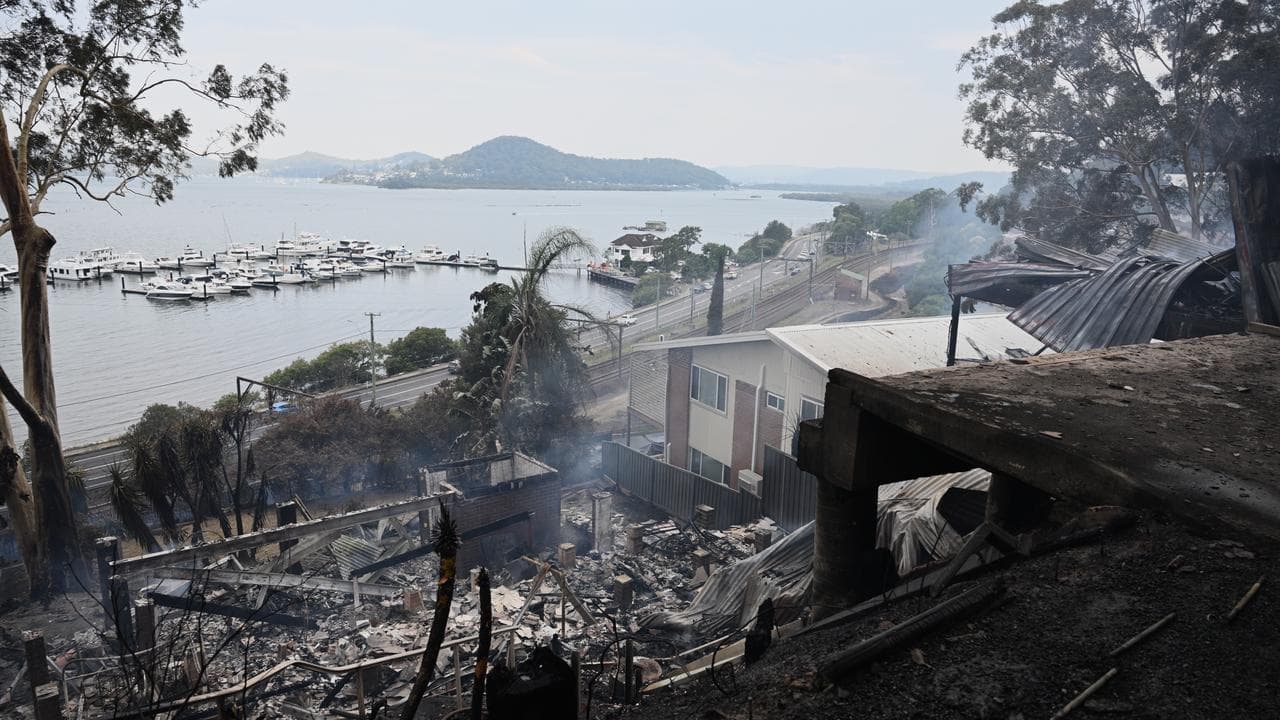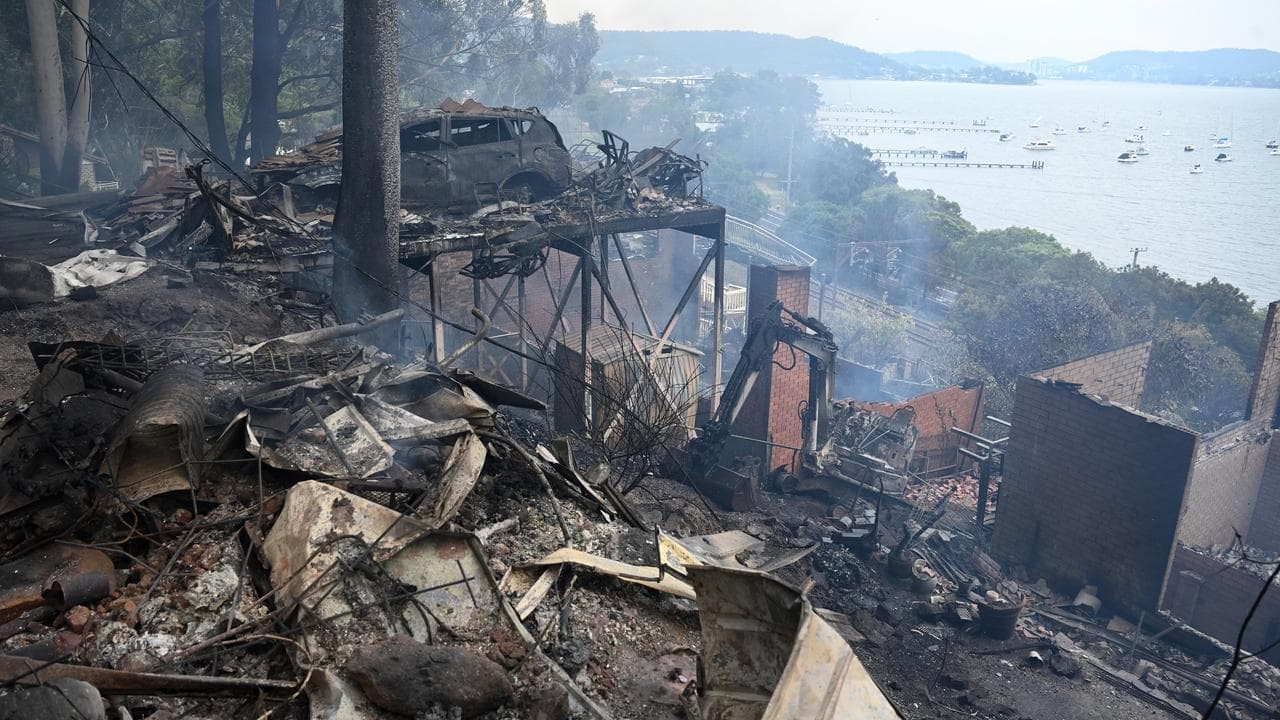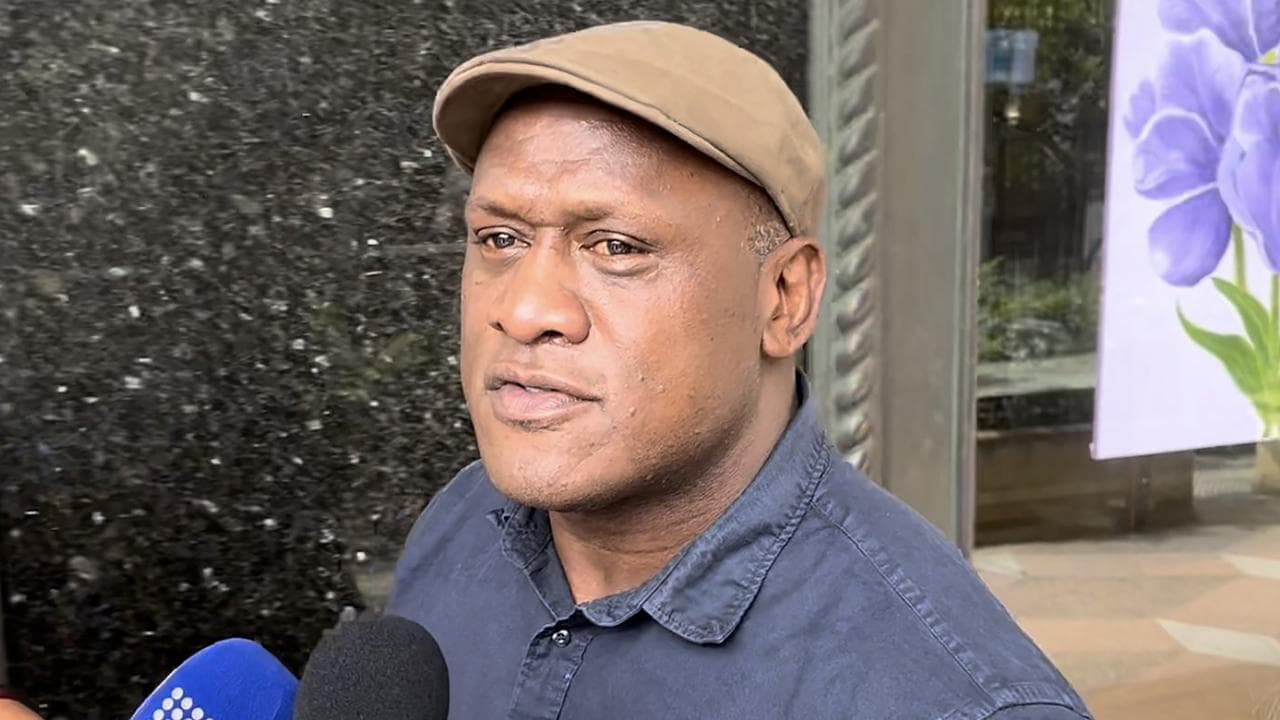WHAT WAS CLAIMED
Prime Minister Anthony Albanese is breaching referendum rules by not providing equal funding to both sides of the voice to parliament campaign.
OUR VERDICT
False. Equal funding for “yes” and “no” campaigns is not required under legislation or the Constitution.
A Facebook post claims the federal government is required to provide equal amounts of public funding to "yes" and "no" campaigns in the lead up to the voice to parliament referendum later this year.
This is false. There is no requirement for the government to allocate funding to both sides outlined within referendum legislation or the Australian Constitution.
The claim was made in a post (archived here) shared on March 7.
"Anthony Albanese is not giving equal coverage and money to both sides of the referendum as he is required to do under referendum rules," it says.
Other posts making similar claims have also cited Section 128 of the Constitution, saying this states "both sides must be equally supported."
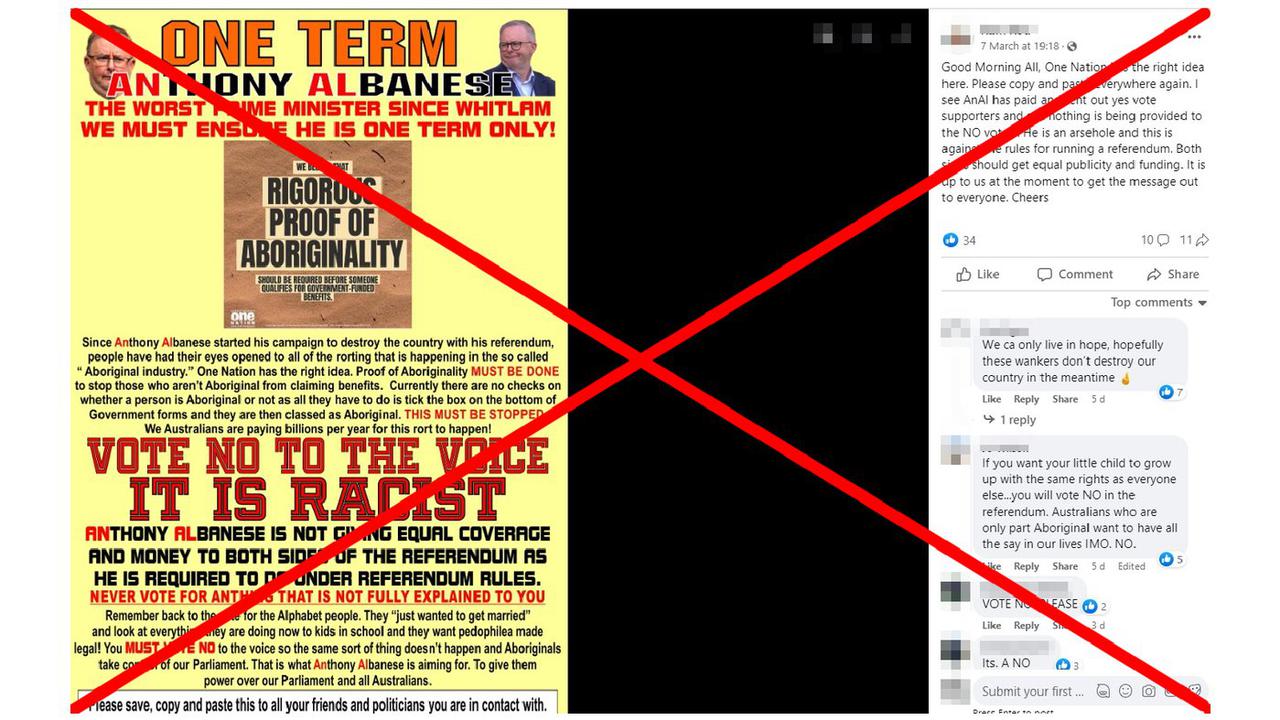
Dr Paul Kildea, an associate professor at UNSW specialising in referendums and electoral law, told AAP FactCheck the Referendum (Machinery Provisions) Act 1984 does not state the government has to provide equal amounts of public funds to "yes" and "no" campaigns.
"In fact, section 11(4) of that Act does the opposite. It prohibits the Commonwealth from spending money 'in respect of the presentation of the argument in favour of, or the argument against, a proposed law' except in relation to a narrow set of activities, including the preparation and distribution of the official pamphlet," he explained in an email.
"This spending restriction was introduced in 1984 to help ensure that government expenditure at referendums does not give an advantage to one side or another.
"If a government wants to allocate public funding to Yes and No campaigns (whether on an equal footing or otherwise) it therefore needs to suspend section 11(4)."
The Albanese government has said that public money will not be used to fund "yes" or "no" campaigns, with groups required to do their own private fundraising.
In addition to the official pamphlet, the government has announced $9.5 million for a civics education and awareness program.
Dr Shireen Morris, a senior lecturer in constitutional law at Macquarie University, said the government's approach is in line with the relevant legislation.
"This approach complies with the referendum rules under the Referendum (Machinery Provisions) Act 1984. Section 11(4) of the Act requires the government to be neutral in its referendum spending, so as not to favour either side. It provides that the Government cannot expend money on the Yes or No case, except in relation to printing and sending the Yes/No pamphlets – which the government now intends to retain," Dr Morris said in an email.
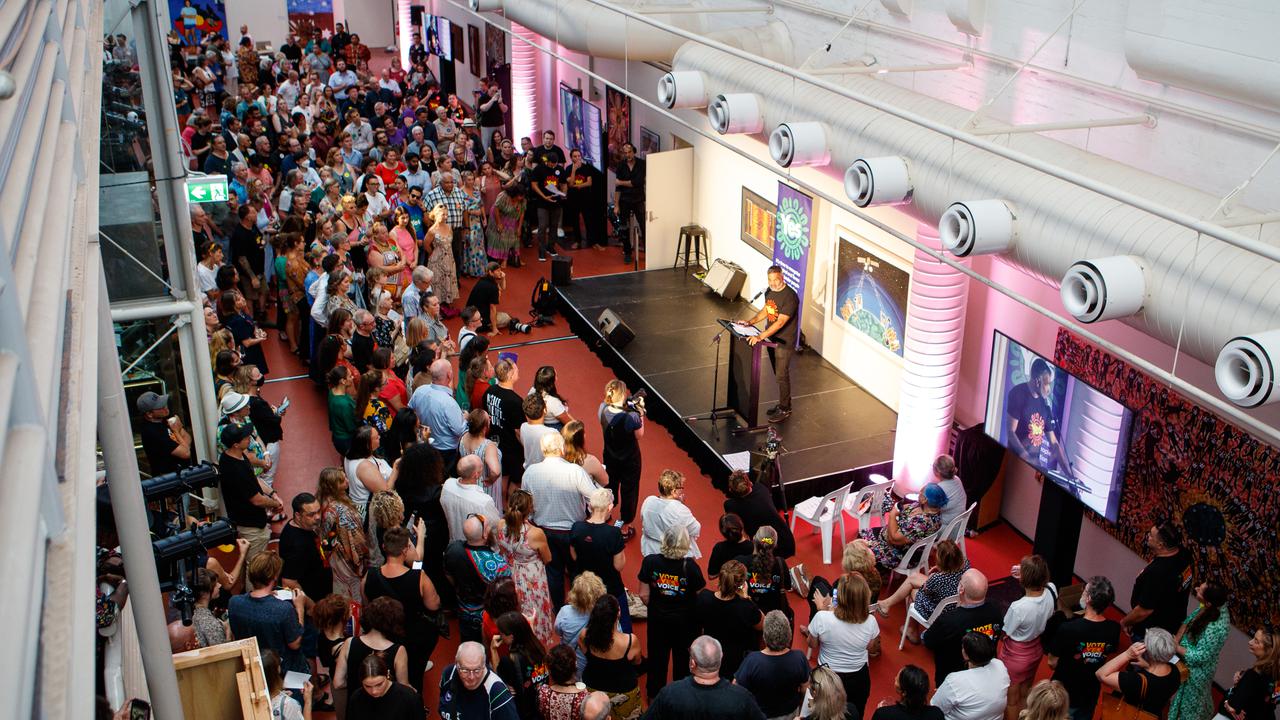
Australia has previously held 44 referendums, with eight successfully carried.
Only in one instance - for the 1999 republic referendum - did "yes" and "no" campaigns receive public funds. The Howard government passed legislation to suspend Section 11(4) of the Referendum (Machinery Provisions) Act in order to allocate campaign funding, with each side receiving $7.5 million.
The Albanese government has also proposed to suspend section 11(4), with the bill still before the Senate at the time of writing.
Regardless, there is nothing stipulating that the government must attribute funding equally.
"The government may be suspending section 11(4) out of an abundance of caution," Dr Kildea said.
"It doesn't want its neutral education campaign to accidentally breach that provision. The line between argument and neutral information is often difficult to identify and, as a result, even well-intentioned education programs can be vulnerable to challenge for promoting a point of view.
"This was acknowledged by the Howard government in 1999. It suspended section 11(4), in part, because it was worried that its neutral education campaign would amount to a technical breach of that provision."
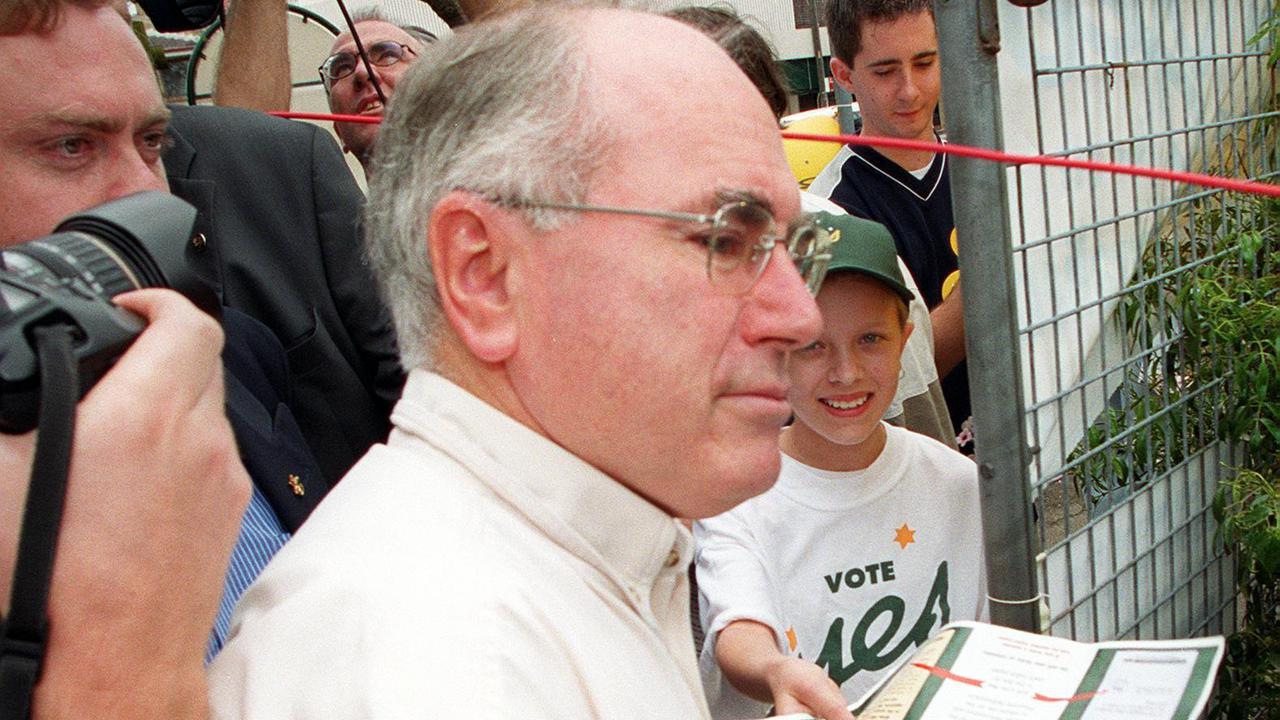
Dr Morris also noted that the claim regarding Section 128 of the Constitution is "incorrect."
"There appears nothing in (Section) 128 of the Constitution that requires government to support both sides of a referendum equally."
AAP FactCheck has addressed other claims about the voice to parliament here and here.
The Verdict
The claim that Anthony Albanese is breaching referendum rules by not providing equal amounts of funding to both sides of the voice to parliament campaign is false.
There is no requirement under the Australian Constitution or the Referendum (Machinery Provisions) Act. The latter actually prevents the government from spending money on campaigns, except in relation to the official educational pamphlet.
Even if Section 11(4) of the Referendum (Machinery Provisions) Act is suspended, there is no requirement for funds to be distributed equally.
False – The claim is inaccurate.
AAP FactCheck is an accredited member of the International Fact-Checking Network. To keep up with our latest fact checks, follow us on Facebook, Twitter and Instagram.







